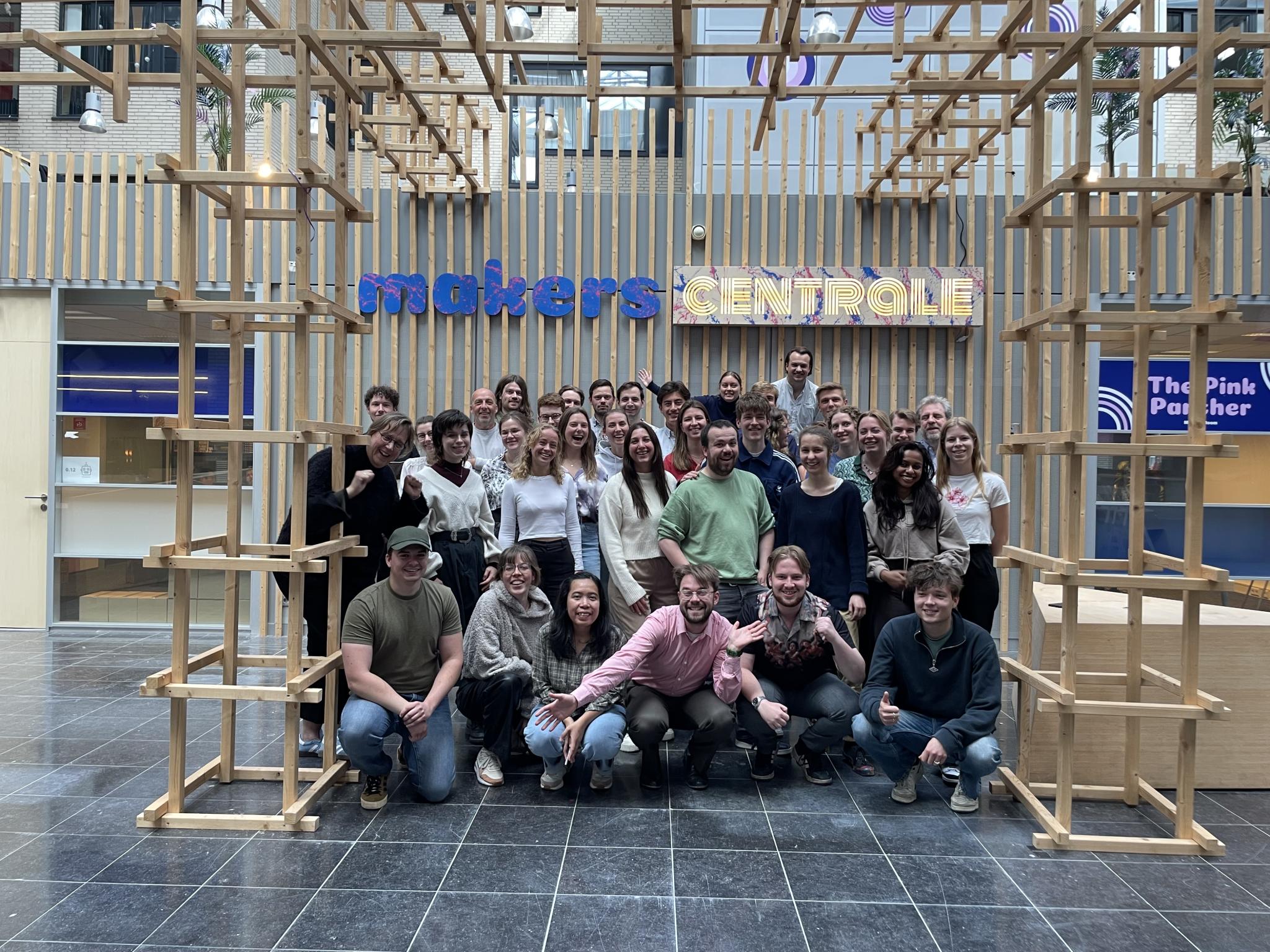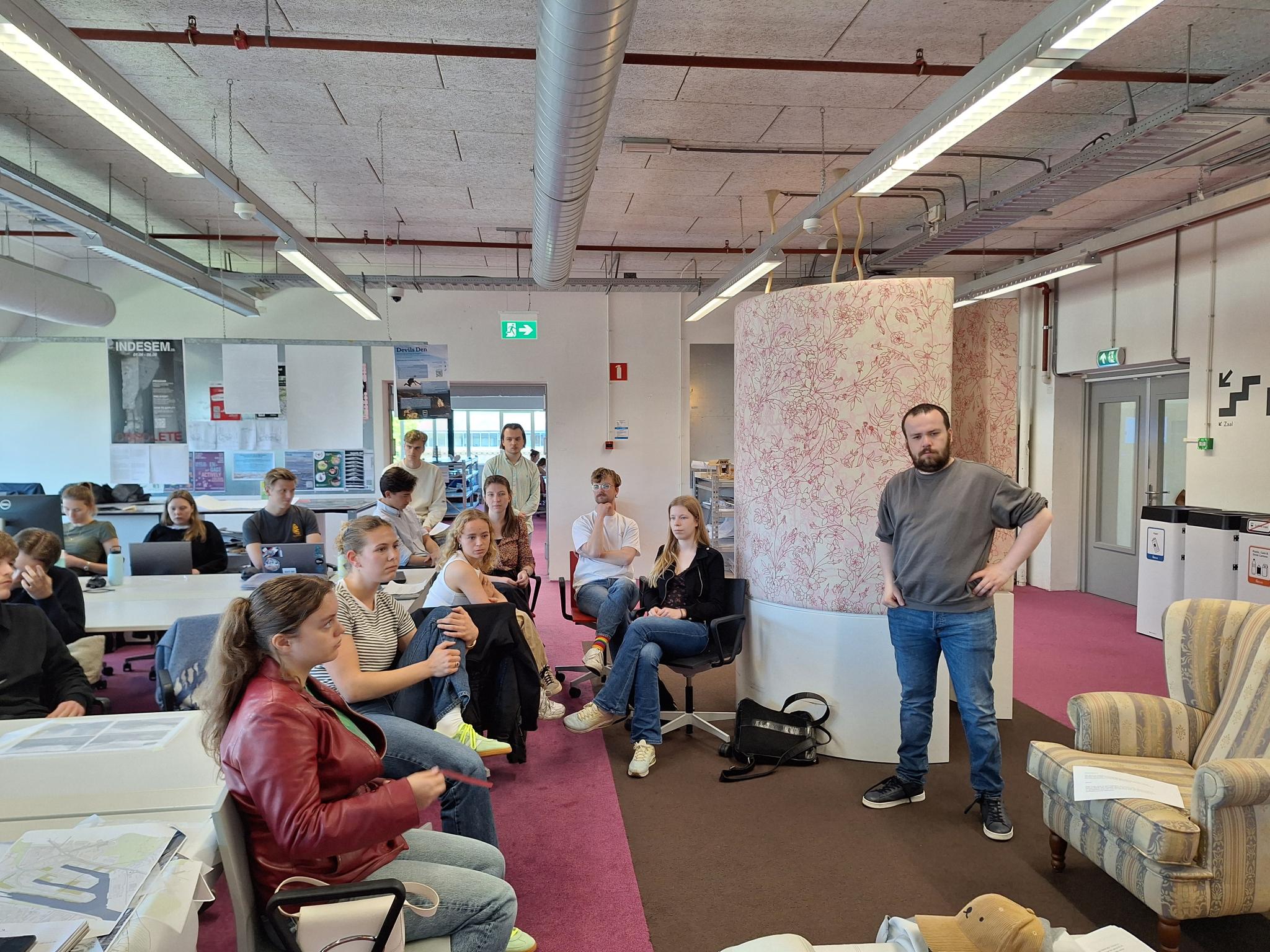
Background workshop/design studio
Every year, a number of universities and the Leiden-Delft-Erasmus Center for Global Heritage organize a student workshop on a current spatial heritage issue. The students come from different studies, especially landscape architecture, history, archaeology and heritage studies. They work intensively in small interdisciplinary groups to answer a question from the heritage field in a four-day session. The students use a spatial design process as a powerful tool to analyze the problem and propose solutions. The end result consists of a number of visual designs with textual explanations that propose different solutions in a creative and concise way.
This year the student hub focused on the world war 2 heritage of Leiden and Valkenburg, that where both part of the Atlantikwall. The Atlantikwall was a line of defence and Nazi Germany's largest infrastructure project, built to defend Western Europe against an Allied invasion. In the Netherlands and other occupied countries, almost the entire coastal area had been transformed by the Nazis into a military landscape with bunkers for guns and troops, trenches, barbed wire and minefields.
In the city of Leiden the main focus was the telephone bunker, one the last visible scars of the second world war in the city. This bunker was used for as a telephone and maintenance centre for the German army and was camouflaged to look like a house to confuse allied forces. Now it is a building that not a lot of people pay attention to, do we want to put a spotlight on it and tell its story or do something else with is?

Near Leiden is the former Vliegkamp Valkenburg, a former marine airbase that was also used by the Germans during the second world war but also has a long history in cold war where it was important navy airfield. And even traces of roman settlement nearby. So a lot of narratives a complicated history. How do you deal with such a layered history, what narratives do you choose for a design?
Now that the generation who consciously experienced the war is slowly disappearing, it is time for the current generations to think about the many traces of the Second World War. This is an ongoing process because each generation has to make a decision about which things we refer to as “heritage” and therefore want to pass on and what we indicate as less relevant. In recent years there has been an undeniable growing interest in the uncomfortable heritage of the Atlantikwall in the Netherlands, as evidenced by the fact that since the 1990s many volunteers have committed themselves to renovating bunkers and opening them up as a museum to commemorate WW2.
The students focused during this workshop on a few important things: on what do we want to keep for the future? For whom and with whom do we make this future? And how do convince others about these values by design?
The outcomes
Commissionar
Municipality of Leiden
Staff
dr. G.A. Verschuure-Stuip (TU Delft)
dr. R. Jansen (Leiden University)
